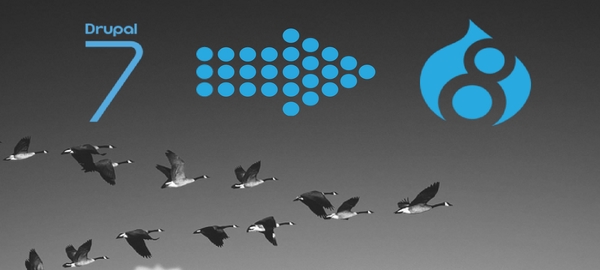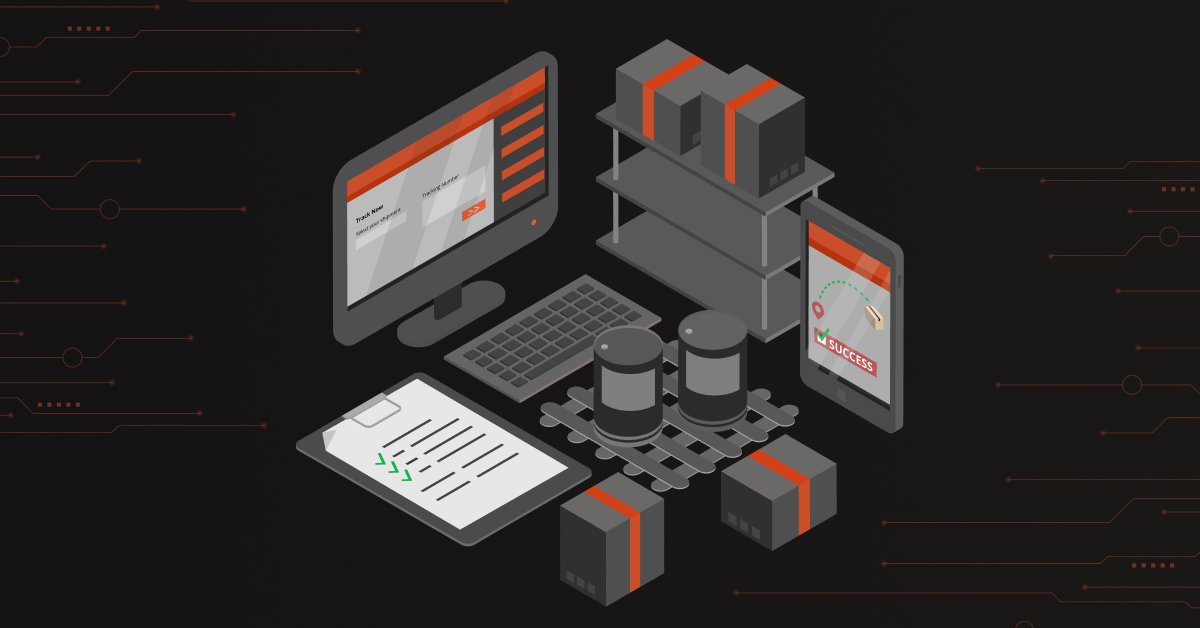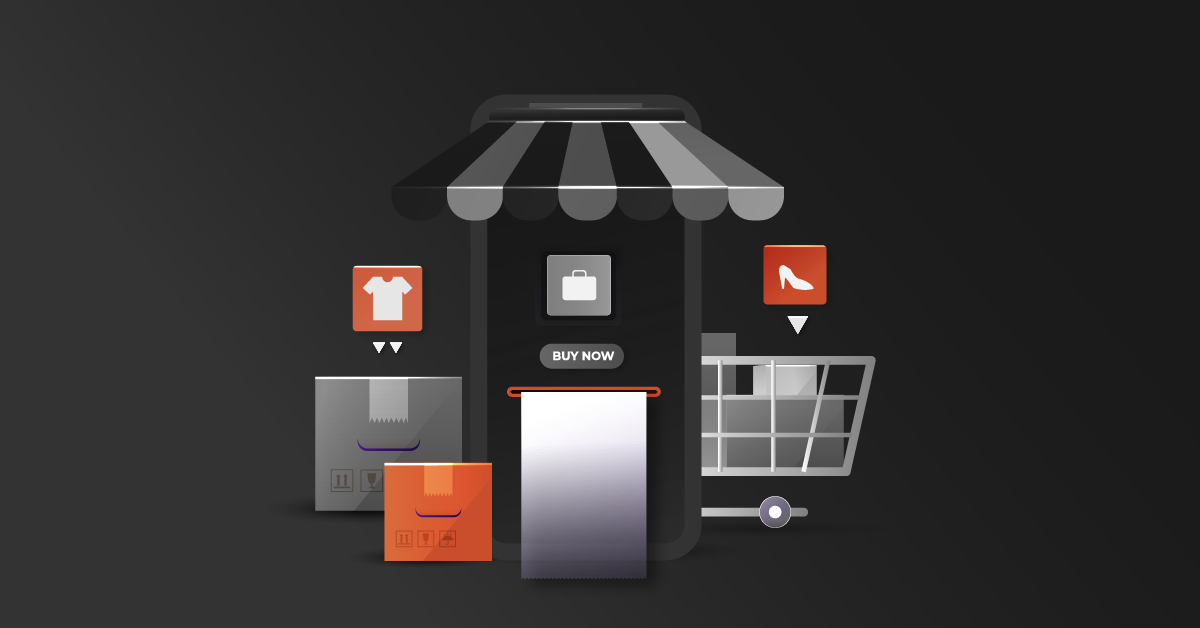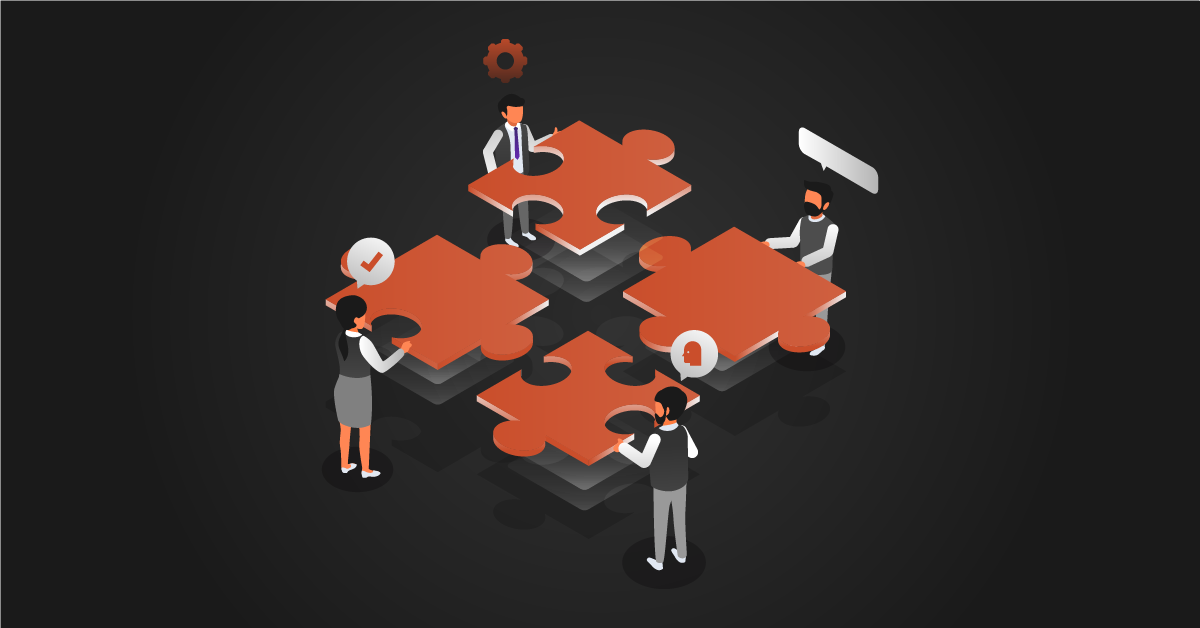Drupal 7 is one of the most popular CMS in the market, but at the same time there are some fairly voluminous inhibitions surrounding this version. This includes an incomplete Entity API and a lack of disseverment between content and configuration, which leads to deployment challenges. It also suffers from an intertwined logic and presentation in the theme layer. These challenges were addressed by creating solutions using contributed modules, but still it was incomplete in many cases. Hence a decision was made by the Drupal Association to tackle these issues in Drupal 8.
Drupal 8 is technically more advanced than any other CMS out there. It involves modern PHP concepts and standards, object-oriented programming, and Symfony Framework.
Drupal 8 evolutions have been organized in six Drupal 8 Initiatives, resulting in hundreds of incipient features. Top features are highlighted below:
- Reinforced content modification and composing experience – a key feature which was most required in Drupal CMS. Separating content from configuration will result in facile content staging and more expeditious release cycles. Images for responsive designs are also handled in a better way.
- Support for Multilingual feature – Earlier versions of Drupal were authentically English-centric. This led to an endless search for translating a single piece of text. With Drupal 8, we will be able to translate anything including the installer screen and all the way to views and image fields. This feature will help websites that operate out of countries that do not have English as a primary language.
- Mobile-friendly & Responsive design theme – Responsive design is a methodology to build the application sites that reacts in the best conceivable path to the programs or gadgets from which they are accessed. With the responsive built in themes, Drupal 8 has clearly outlined its vision of a mobile friendly system.
- Web Services– Support for seamless integration of all kinds of platforms and Cloud tools over any kind of API.
- HTML 5 Semantic Fields Support – Big Change over the current XHTML that Drupal 7 uses. This provides improved support for both desktops and mobiles.
- View module Integration – In Drupal 8, Views module is made as a core one unlike Drupal 7 where the Views module is discrete from Drupal Core and has a dependency on the CT Tools Suite.
- Improvement in Page load and reduced server load – Unlike Drupal 7, Drupal 8 loads only required modules that a page needs. This results in a drastic improvement in page loading speed and memory utilization.
Business Benefits of Using Drupal 8
Drupal 8 CMS would be recommended to firms looking for a framework that works out-of-the-box on desktop, tablet and mobiles devices as it is provided with features that facilitate deploy, manage and edit content at a speedy pace. These features provide an impetus to the general productivity. From the business competency perspective, Drupal 8 will leverage from its throw core and straight-forward migration from previous versions. In addition, its multilingual capabilities enable a clear focus on a worldwide audience. One other thing would be that Drupal 8 can be extended and customized betting on business needs.
DCKAP is a “Technology Supporter” of Drupal Association and specializes in building Enterprise Drupal Solutions. You can reach us at info@dckap.com (or) 1-877-872-3252 (US) (or) +44(0) 144 250 6383(UK).





